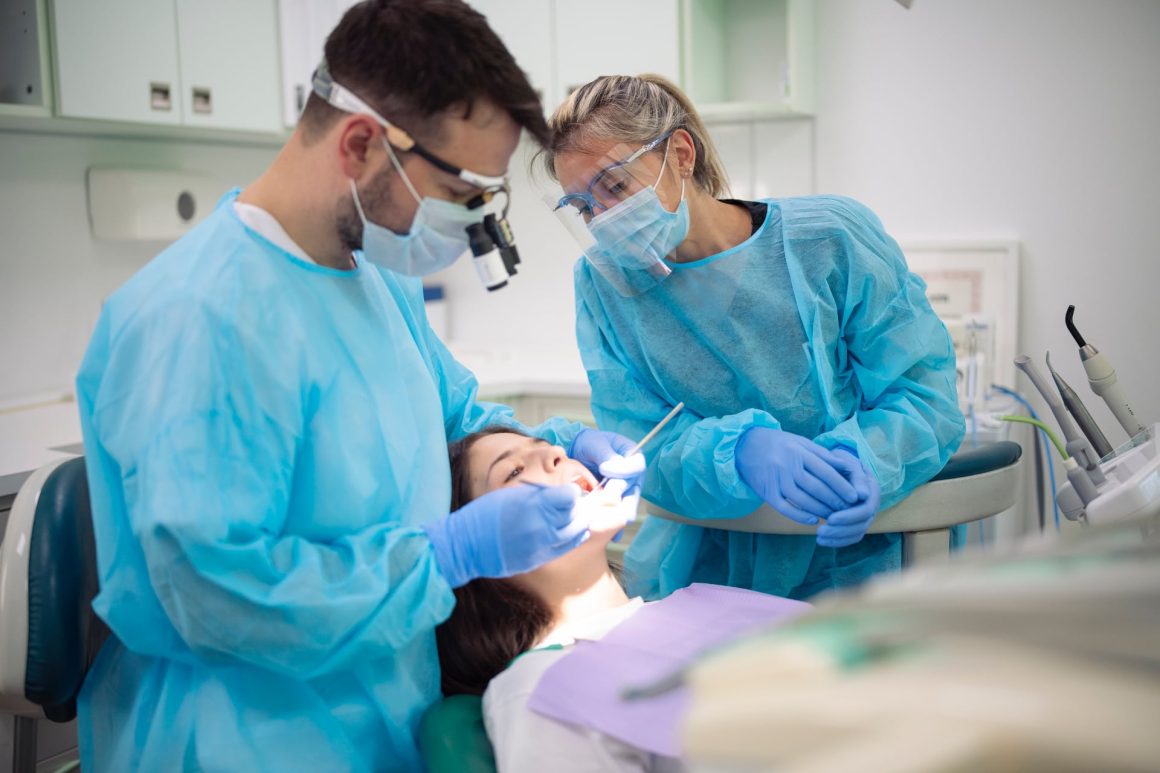Immediate implants
Nowadays you hear the concept of the immediately resilient implant more and more often. The name alone reveals that it meets the true expectations of modern people: it works immediately and flawlessly. There is no healing time, no complicated procedure, just a perfect smile in just a few days.
But let’s take a few steps back in history and look at where implantology began and where it is today.
The first pioneer of oral implantology was the American Leonard Linkow, born in 1926, who placed his first dental implant in 1952. Almost all types of implants used today can be traced back to the studies of L. Linkow. During his lifetime he published 18 books and 200 articles.
The next milestone is related to P.I. Branemark, who discovered that titanium or titanium-coated implants integrate perfectly into the bone, therefore titanium has become the most widespread material in the implant market. His discovery is still the most radical finding in implantology, as titanium implants are still the standard.
However, as times change, new needs arise from both patients and medicine. How can cases be solved in which the bone situation does not allow ordinary titanium implants? Or: is it possible to reduce the entire procedure from extraction to implantation to dentures from an average of 6-12 months?
The German dentist Prof. Dr. Stefan Ihde dealt with these questions and tried to eliminate the problems of previous methods. He has developed implants that can be loaded immediately.
Dr. Ihde brought the experiences in implantology of the late 1990s into harmony with the previous findings in traumatology and created the osseo-fixation method (bone stabilization method), which solves all problems of osseointegration (anchoring in the bone), because no bone augmentation is required, resulting in a short recovery time.
The patient receives a permanent denture within a few days, which immediately “loads” the implants. This method can be used on people of all ages and, most importantly, there is no peri-implantitis (infection) around the implant.
Diabetes, high blood pressure, taking various medications and smoking are also not contraindications to this method any more.
An additional safety condition for the treatment is that only a doctor with appropriate training and examination may carry out this type of treatment.
At the FlyDent Clinic Dr. Róbert Gyuris represented this method.
What makes immediately resilient implants so stable?
It’s the method of anchoring. Conventional implants are anchored into the first cortex, the upper part of the bone, which is an unstable, soft bone material.
Immediate implants are placed in the second cortical bone, which is a stable, solid bone layer, so that the force transmission from the implants and the dentures takes place in the second solid, so called cortical bone.
This knowledge and method has been used in traumatology since 1975 and was later, thanks to Dr. Ihde, transferred to oral implantology.
Experiences and advantages with immediately resilient implants
Many dentists in many different countries report very positive results with Dr. Ihde’s method.
The advantages at a glance:
- no bone augmentation required
- no peri-implantitis occurs
- no healing time
- a single operation is required, less exertion
- painless
- immediately fixed dentures that can be used 100% after installation
- lifetime guarantee for screws
- patients with contraindications to conventional implants can also receive fixed dentures


